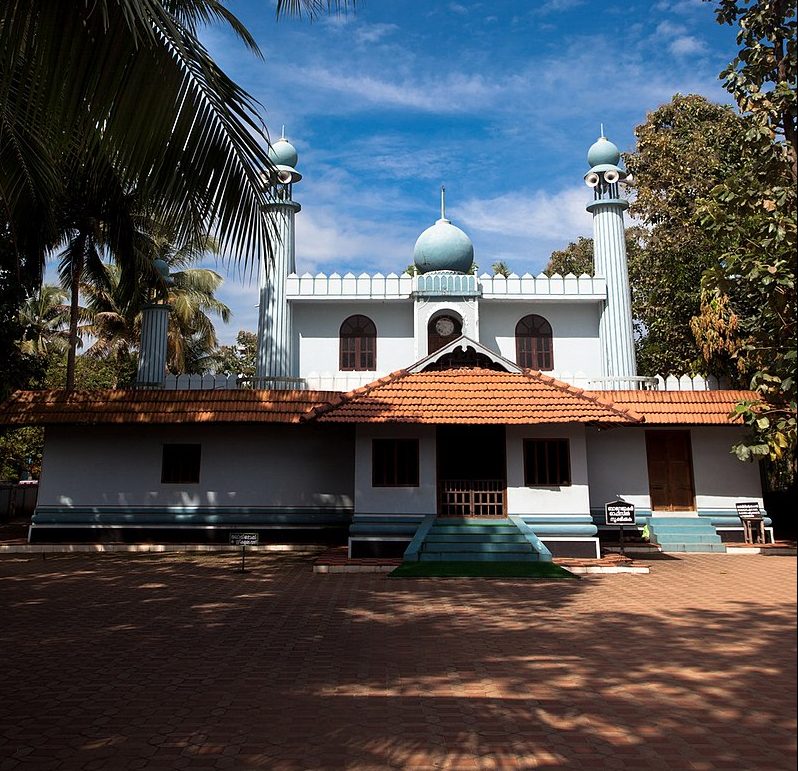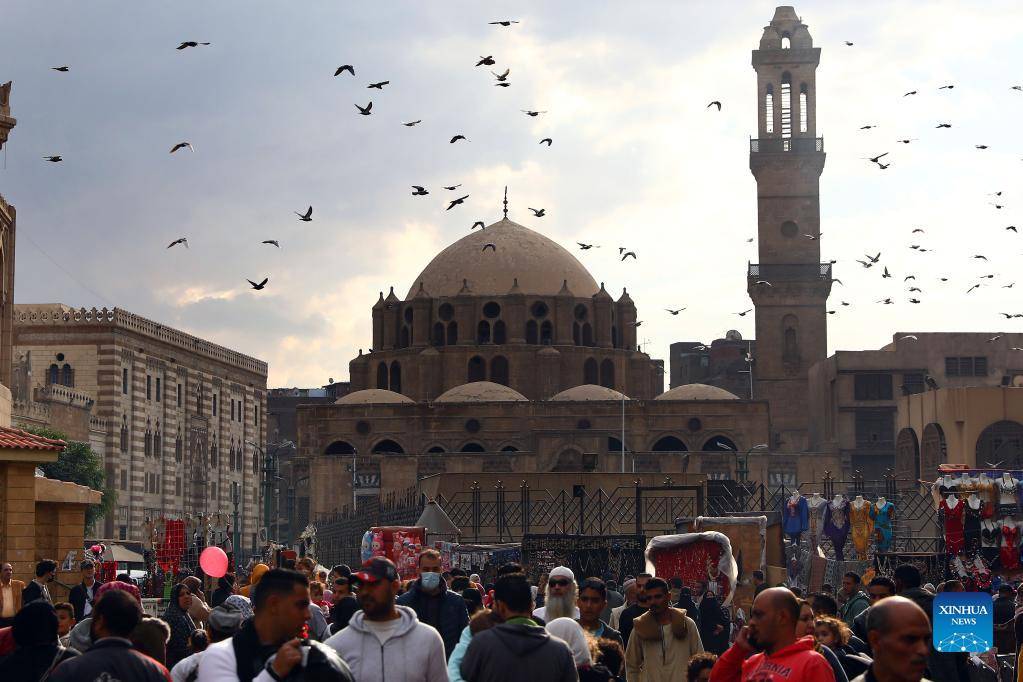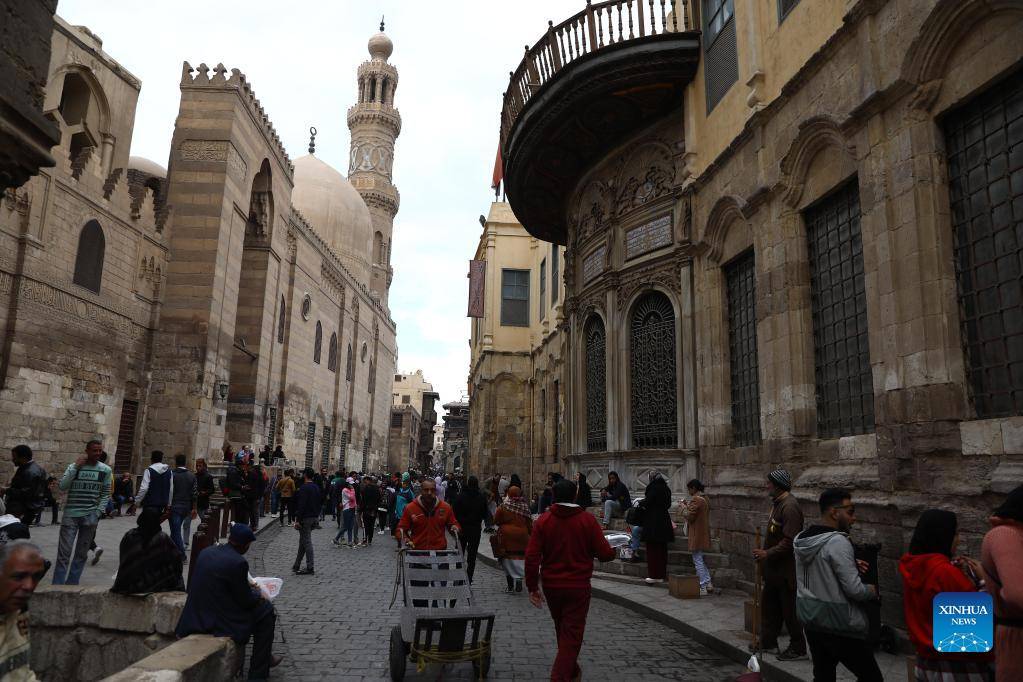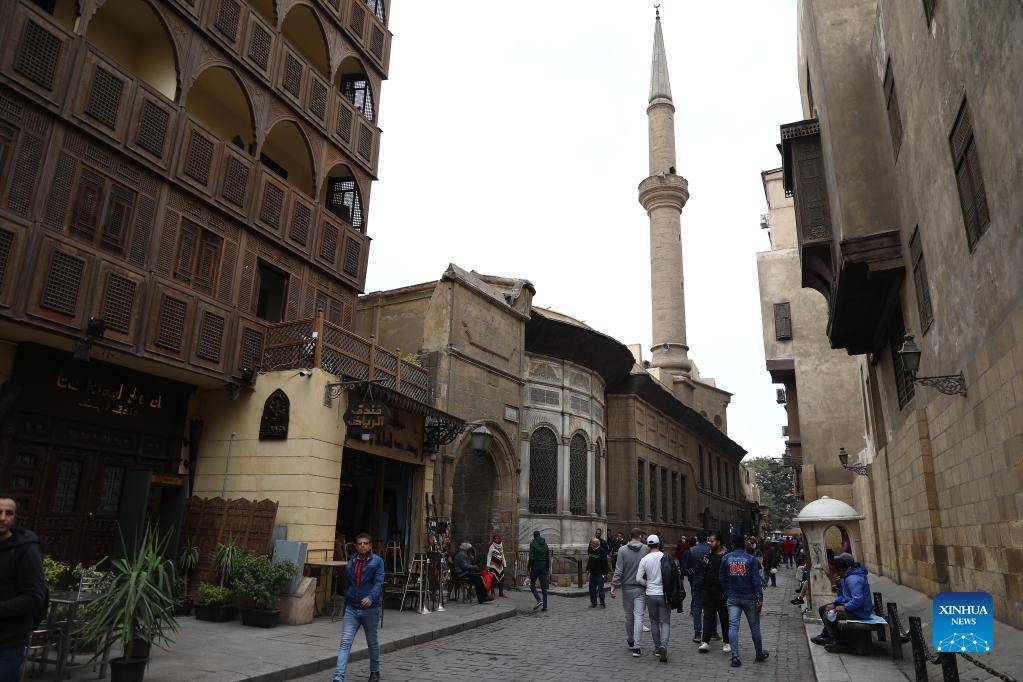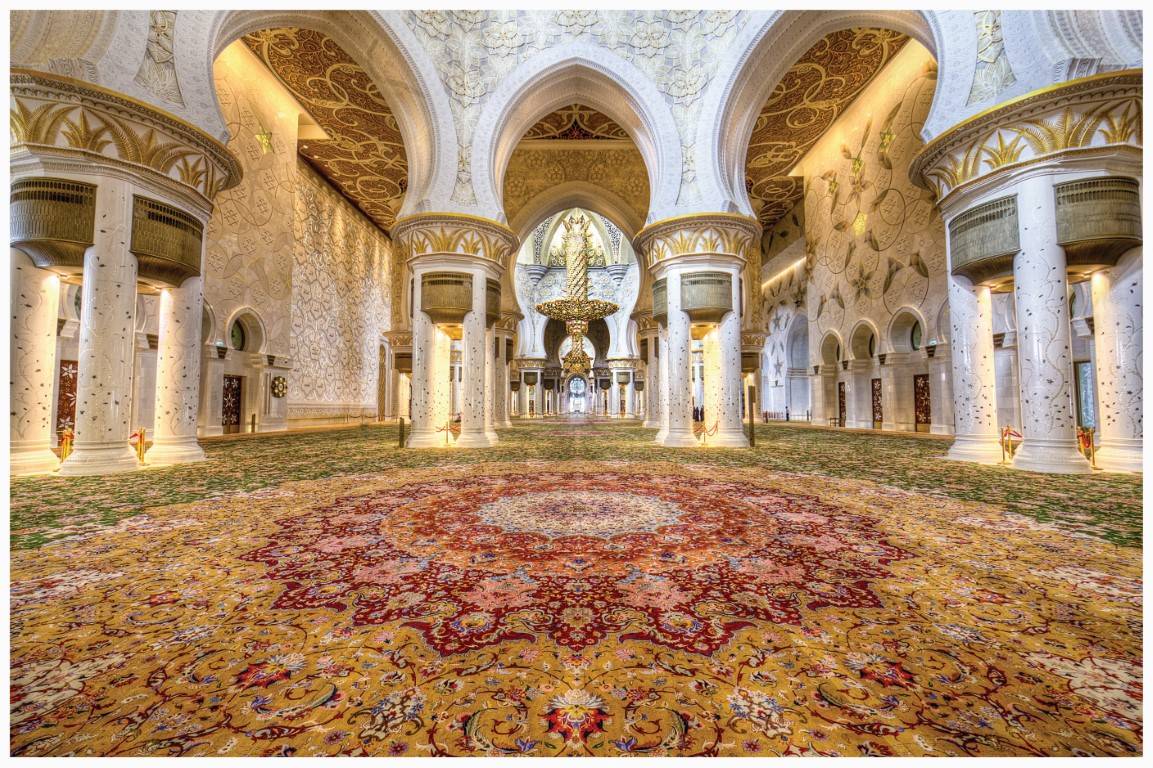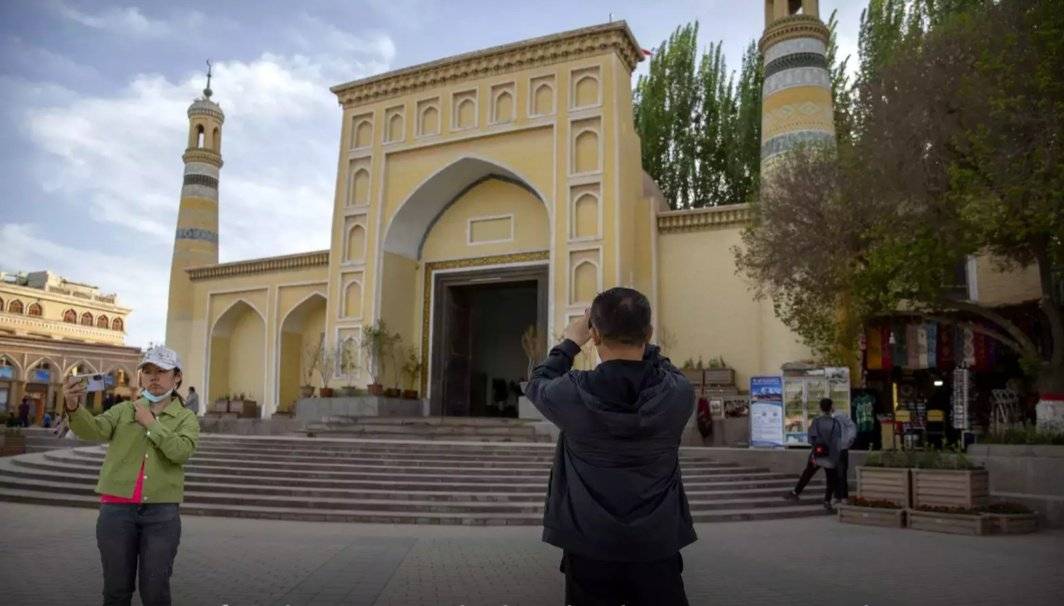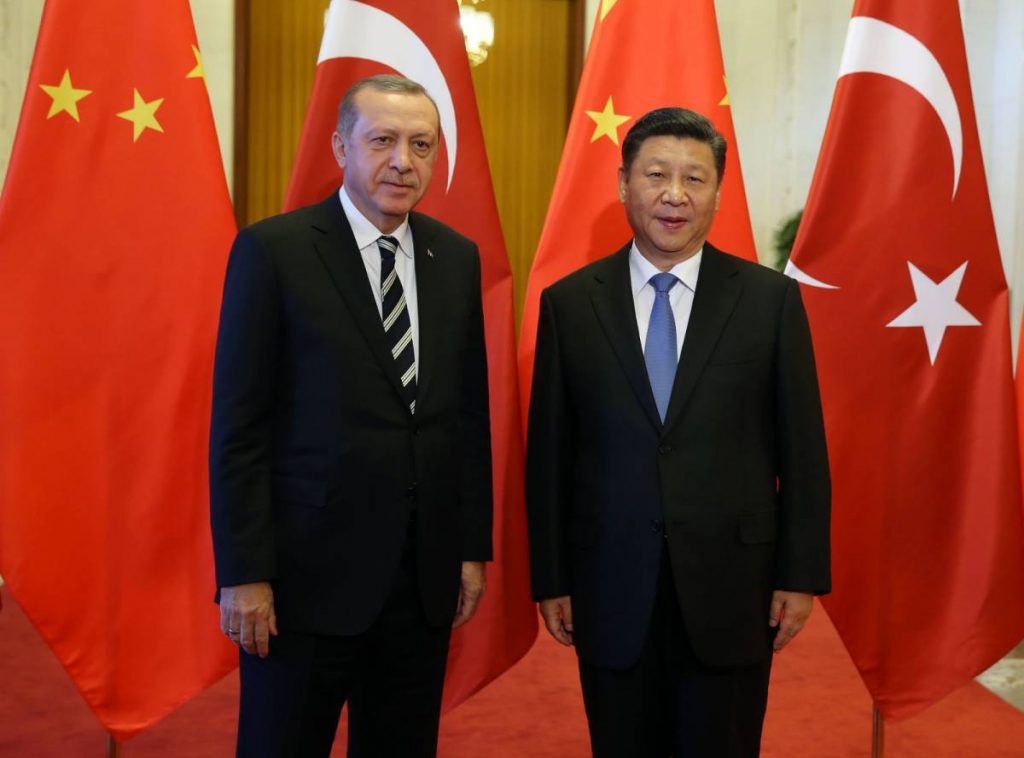The Cheraman Juma Masjid in Kodungallur in Kerala in India is probably the oldest mosque in the subcontinent. The mosque, which was built in 629 AD, features a design influenced by Hindu architecture. A lamp that is believed to be around 1000 years old burns constantly within the mosque. It also boasts of a special white marble believed to be brought from Mecca. Another salient feature is that it may be the only mosque in India that faces the east while all other mosques face west towards Mecca. A special report by Maheep &Hafeezur Rahman
The Cheraman Juma Masjid in Kodungallur, Trissur district of in the Southern State of Kerala in India is probably the oldest mosque in the subcontinent. Purportedly built in 629 AD, meaning in the Prophet’s lifetime, it is an inalienable part of Kerala’s rich cultural history that epitomizes the free traffic of cultures in ancient India.
Cheraman Juma Masjid is located along a calm semi-rural road, with no visible clue about its great antiquity. At first glance, it may even seem unusual, since it does not look like a conventional mosque with domes and minarets. It looks no more than a tharavad (a traditional house found throughout Kerala), with tiled roof and ornate wooden doors. Only inside, however, you find a qibla pointing towards Mecca, and prayer mats, like many other mosques. Hanging lamps, which are part of a traditional Kerala house and classic temple architecture, form yet another unique feature.
Kodungallur was a bustling trade hub for the world on account of its location near the ancient port of Muziris. Dating back to even 400BC it was a vibrant emporium of trade with East and West. It was a settlement of traders, standing as the gateway to India for varied cultures and races, thus emerging as a cradle of several civilizations. The Chera kingdom used to carry out trade with the Middle East and Europe since Harappan times, trading everything from spices to precious stones.

Indian black pepper was found stuffed in the 3,000-year-old mummy of Ramses II, the famous Egyptian Pharaoh. The palaces of Nebuchadenazzar (7th century BC) and the Sumerian Ziggurat Temple of Ur in Mesopotamia (present-day Iraq) from the 6th century BCE reportedly used teakwood from South India. Arab sailors held close trade links with the Chera kings. It did not take long therefore to spread the news in Malabar about Prophet Mohammed in Mecca and Islam.
The local oral tradition claims that CheramanPerumal Rama Varma Kulashekhara, the Chera king of Kerala with Kodungallur as its capital saw in a dream the splitting of the new moon into two halves at the horizon, which is an event described in the Holy Qur’an (54:1-5). Stunned by what he had seen, the king sought answers from the court’s astrologers but failed to get a convincing reply.
Around the same time, an entourage of Arabs led by Shaikh Sahiruddhin Al Madani visited his capital and sought permission to anchor in the port. When the King shared his dream with the merchants, they informed him that it was actually a miracle performed by the Prophet. This event finds mention in several books dealing with the early history of Kerala, such as William Logan’s Malabar Manual and K Balakrishna Pillai’s History of Kerala.
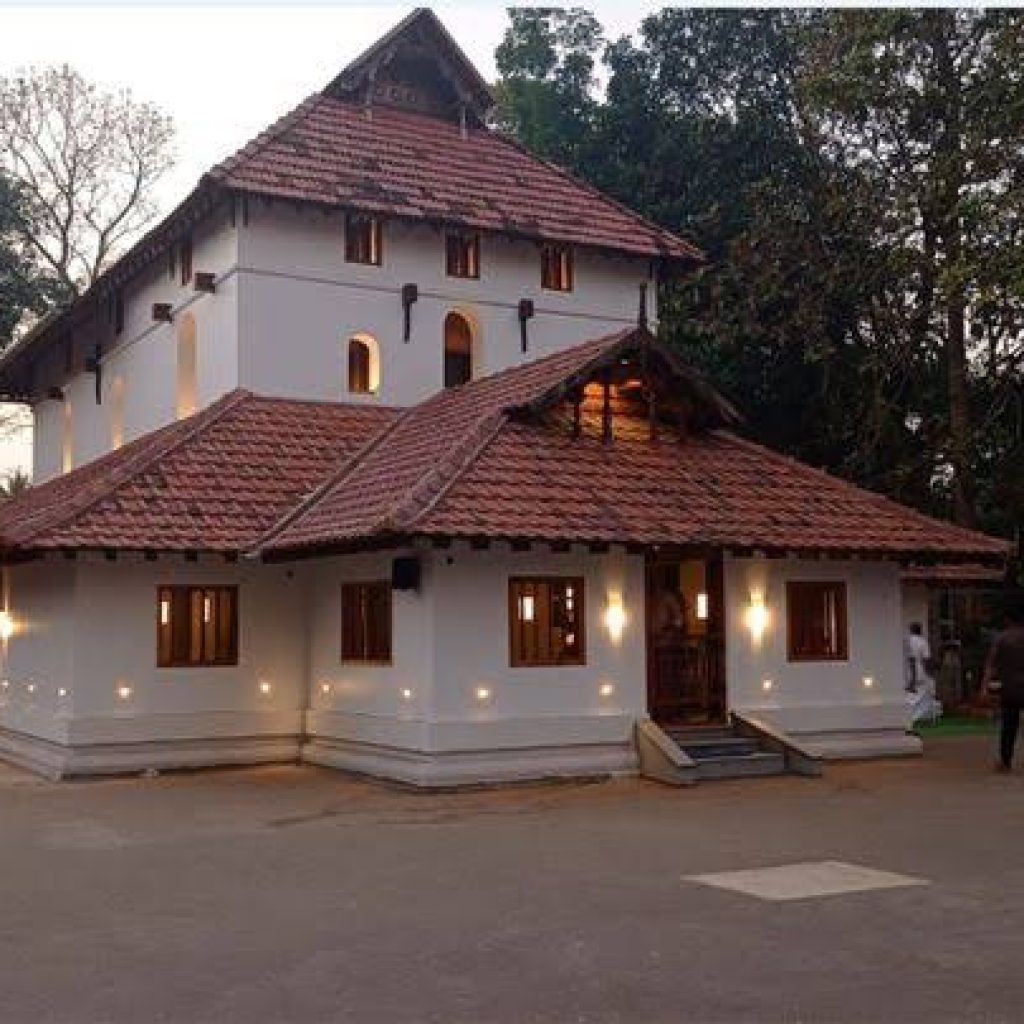
The King was so moved by the interpretation of Shaikh Al Madani that he decided to meet the Prophet and embrace Islam. He arranged for the division of his kingdom into three parts and handed it over to his sons and nephews. When the Arab visitors, who had meanwhile proceeded to Ceylon for trade, returned, the King sailed with them to meet the holy Prophet. The King later converted to Islam in front of the Prophet and performed Hajj as well.
He was on his way back, with a team, to propagate Islam in Kerala, but unfortunately fell sick during the journey and passed away. Cheraman was buried in Zafar (now Salalah) in Oman. Nonetheless, he left a letter for his sons to receive the team of missionaries and offer them all the necessary help. His letter was eventually delivered to his relatives, the ruling chieftains of Malabar, through his
friends Malik bin Dinar and Malik bin Habib who visited Kodungallur along with their companions. The local rulers gave them permission to build a mosque at Kodungallur.
Researcher Anjali Mohan, who is working on a book called, ‘Cheraman Juma Masjid: Caritraom, Sanskaram’ (Cheraman Juma Masjid: History and Culture), observed that despite occasional disputes about the veracity of the story of conversion, there had not been any version to dispute this account. This shrine now stands as a testimony to the peaceful entry of Islam into the subcontinent. It is also a symbol of the harmonious co-existence of religions for centuries and the flourishing commerce between Arab countries and India.
The mosque was built and designed in a Hindu Architectural style. There is a lamp in the mosque which always burns that is believed to be about 1000 years old. Devotees, which include people from all religions, bring oil for the lamp as an offering. The mosque authorities allow followers of other religions to enter and offer prayers. People of all religions visit the mosque and many non-Muslims perform Vidhyarambham (initiation ceremony to the world of letters) of their children here.The festivals of Ramadan and Eid are observed with great pomp. At the same time, the Hindu festival of Vijaya Dashami too is reportedly celebrated in this mosque. The mosque also boasts of a special white marble believed to be brought from Mecca. Another salient feature is that it may be the only mosque in India that faces the east while all other mosques face west towards Mecca.
It has seen several renovations and reconstructions over its long history. It is believed that major renovations were done in the 11th, 14th and 15th centuries. The recent renovations were carried out in 1974, 1984, 1994, 2001 and 2020. The most notable one was probably in 1504 when the Portuguese admiral Lopo Soares de Albergaria razed it to the ground. In 1984, some extensions were added, which made the building look like a modern mosque. Concrete structures — mainly corridor and hall — were built to organize prayers at the mosque. Those extensions almost totally concealed the old structure. However, renovation work which started in 2020 has since removed those unwarranted accretions.
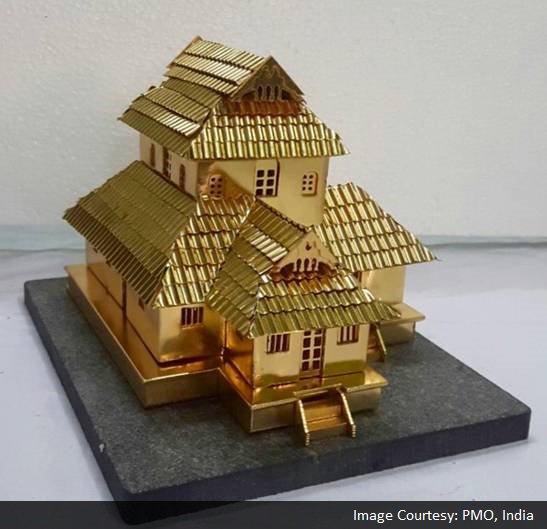
The Muziris Heritage Project (MHP) took up the task of renovating the Cheraman Juma Masjid in an effort to bring back the heritage structure. Governor Arif Mohammed Khan inaugurated the renovation work on November 10, 2019.
Before the renovation, the mosque had lost some of the unique classic flavor, after structural additions including domes and minarets were made in the 1970s and 1990s. The MHP was commissioned for the restoration of the ancient heritage in original form. The additional concrete structures were demolished, and the heritage architecture was restored using teak wood. Clay tiles have been used to restore traditional Kerala-style roofing. Since the renovated mosque removed the existing space for prayers, the management decided to build an underground prayer hall. The underground facility is large enough to accommodate up to 2000 worshippers without interfering with the structure’s architectural integrity.

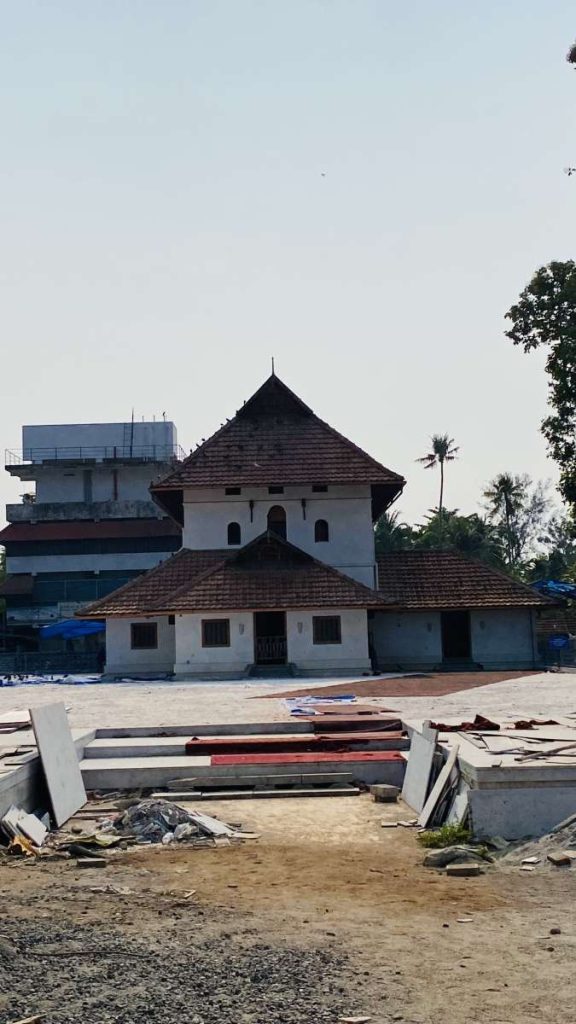
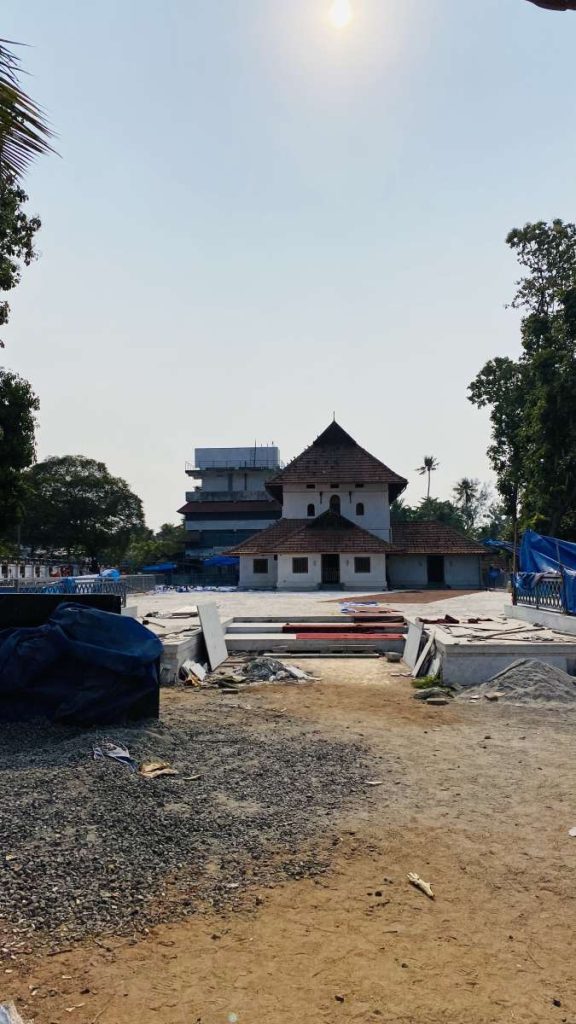
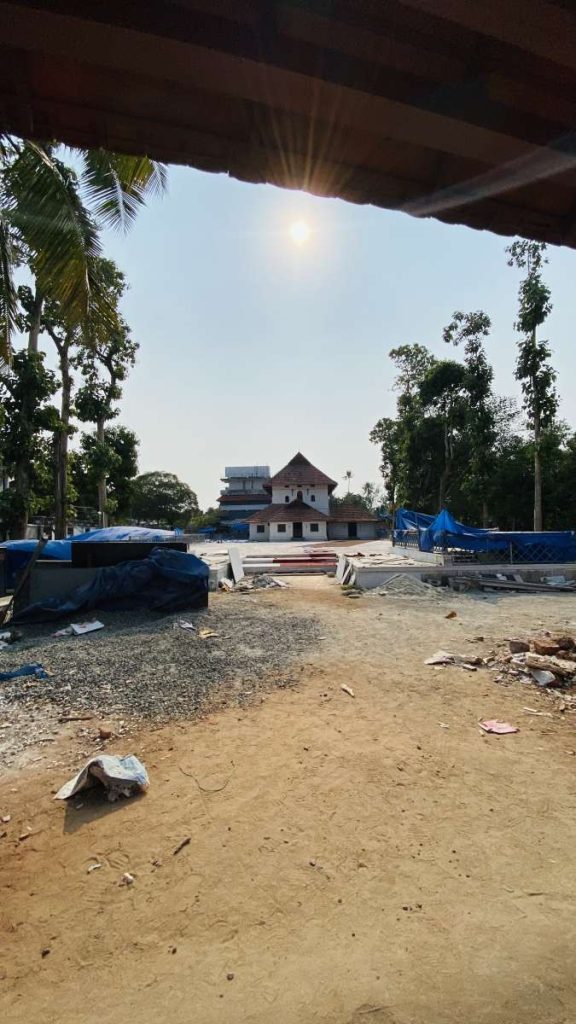
Latest pictures of Cheraman Juma Masjid, Kodungalloor undergoing renovation works (Pictures by Asian Lite)
The Kerala government adopted the Muziris Heritage Project as part of the State’s attempt to preserve its ancient culture. Under this scheme, Benny Kuriakose and Associates took up renovating the Cheraman Juma Masjid. The older part of the mosque including the Sanctum Sanctorum is left untouched and is still preserved.
The unique architecture and rich history of the mosque make it a must-visit destination for anyone interested in Islamic architecture and heritage or Indian history. The mosque’s continued existence is a testament to the rich cultural heritage of Kerala and the importance of preserving it for future generations.
(This article is written by Dr Maheep, an Expert in International Relations with specialisation in Arab & Islam and Dr Hafeezur Rahman, a renowned scholar of Islamic Cultural Heritage and Founder President of Sufi Peace Foundation, New Delhi)
ALSO READ-INTERVIEW: PROF. SUBIR SINHA
